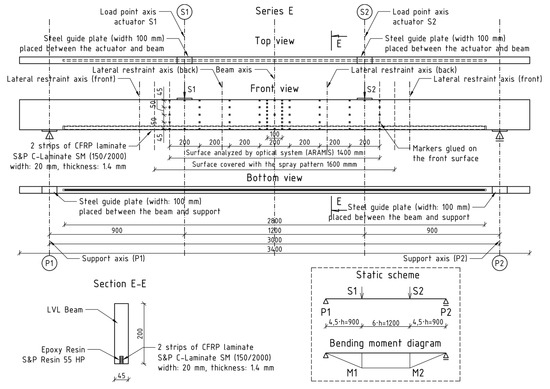

American Forest & Paper Association’s Wood Structural Design Data, provides span recommendations for solid-sawn wood beams up to 32 feet, but the table runs a hefty 140 pages. And even though span tables provide limited data, they are very long. Most beam tables only list values for whole-foot spans like 11’0″, 12’0″, etc. You merely look for the distance you need to span match the load per foot of beam to the appropriate Fb(strength) and E(stiffness) values listed and bang: you have a winner! Span tables are easy to use, but they have limitations. Sawn-Lumber span tables are convenient tools. Technical experts have computed many combinations of these variables and present a variety of solutions in the form of span tables. You can do these calculations yourself or you can use span tables. Formulas that determine the allowable span and size of a beam rely on a host of variables like species, grade, size, deflection limit and type of load. Structural ability of sawn- and engineered-wood beams are predicted through mathematical calculation. No matter what material we specify, beams must provide adequate strength, stiffness, and shear resistance. We will compare the performance and cost of sawn-lumber, LVL, Timberstrand, Parallam and Anthony Power Beam in several different applications.
#LVL BEAM SPAN TABLE HOW TO#
We know how to measure the forces acting on a beam, now we’ll use this information to choose the appropriate structural material to resist the loads. In Part 1, “ Calculating Loads On Headers and Beams“, we learned how to trace load paths and translate roof, wall and floor loads into pounds per lineal foot of supporting beam. Once the loads acting on structural beams are calculated, the next step is to size and select the appropriate beam. Some information contained in it may be outdated. Please note: This older article by our former faculty member remains available on our site for archival purposes.


 0 kommentar(er)
0 kommentar(er)
